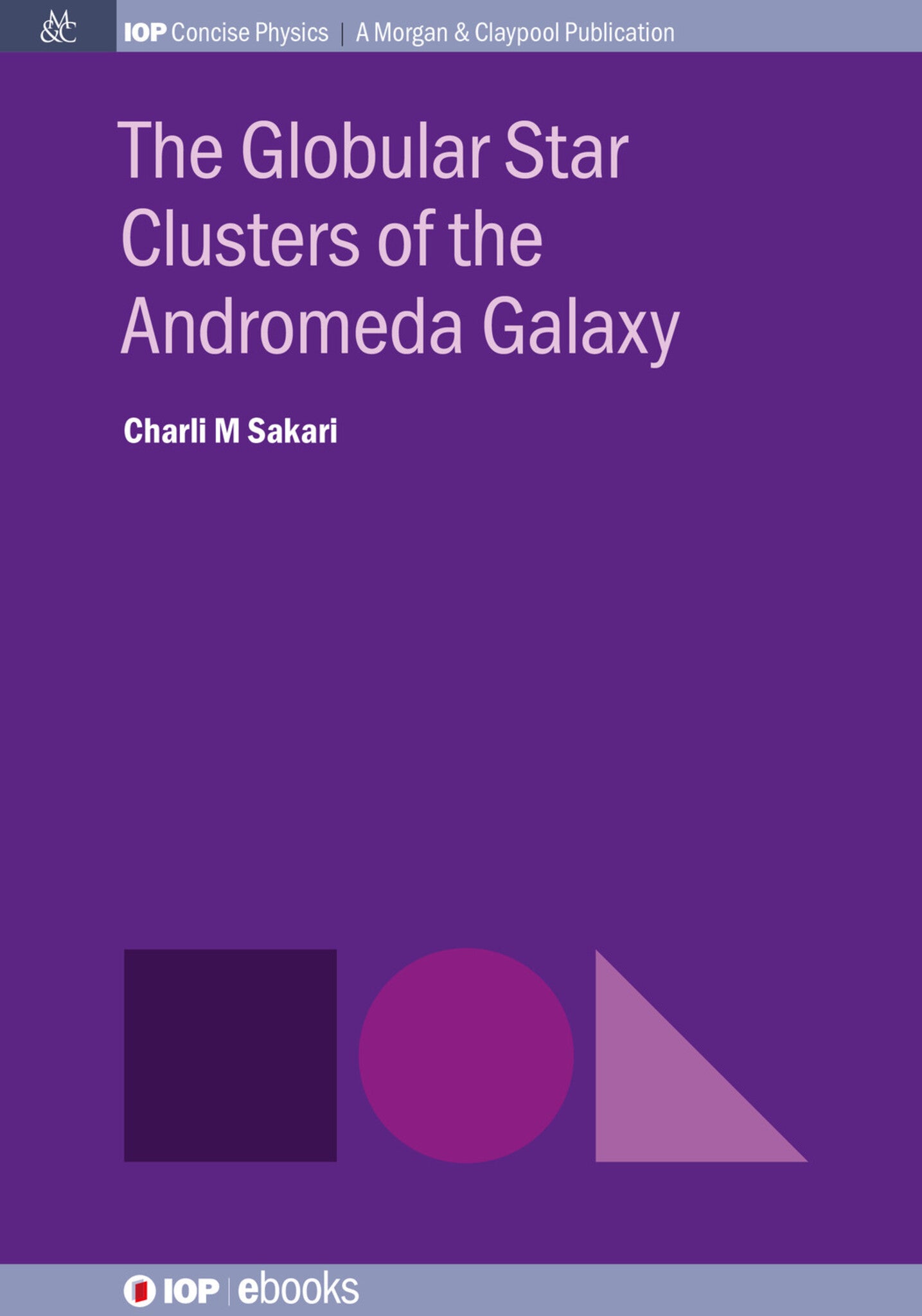We're sorry. An error has occurred
Please cancel or retry.
The Globular Star Clusters of the Andromeda Galaxy

Some error occured while loading the Quick View. Please close the Quick View and try reloading the page.
Couldn't load pickup availability
- Format:
-
24 December 2019

This book presents a brief compilation of results from nearly a century of research on the globular star clusters in the Andromeda Galaxy (M31). It explores the techniques and limitations of the observations, the successes and challenges of the models, and the paradigm for the formation of M31 that has gradually emerged. These results will eventually be superseded by new data, better analysis techniques, and more complex models. However, the emphasis of this book is on the techniques, thought processes, and connections with other studies.

SCIENCE / Physics / Astrophysics, Astrophysics

1 The Andromeda Galaxy
1.1 An Introduction to Messier 31, the Andromeda Galaxy
1.1.1 M31 and its Neighbors
1.1.2 M31 as a Test of Cosmological Models
1.2 Observations of M31
1.2.1 Photometry
1.2.2 Spectroscopy
1.2.3 Photometry vs. Spectroscopy
1.2.4 Surveys of M31
1.3 M31’s Globular Cluster System
2 Globular Clusters in the Milky Way
2.1 An Introduction to Globular Star Clusters
2.2 Observations of Milky Way Globular Clusters
2.2.1 Photometry of GCs
2.2.2 Spectroscopy of GCs
2.3 Scientific Lessons from Milky Way GCs
2.3.1 GC Numbers and Masses
2.3.2 Metallicities and Kinematics
2.3.3 Ages
2.3.4 Chemical Evolution and Tagging
2.3.5 Multiple Populations
2.4 Summary: Milky Way GCs
3 The Inner Halo/Disk/Bulge Clusters
3.1 Inner vs. Outer Clusters
3.2 Integrated Light Observations of Distant Systems
3.3 A Census of M31 GCs
3.4 The Young Clusters
3.5 The Intermediate-Age Clusters
3.6 The Old Clusters
3.6.1 Metallicities
3.6.2 Ages
3.6.3 Masses
3.6.4 Kinematics
3.6.5 Calcium Abundances
3.7 Summary and a Comparison with Milky Way GCs
4 The Outer Halo Clusters
4.1 The Outer Halo
4.2 The Contents of the Outer Halo
4.3 The Outer Halo GC System
4.3.1 Locations and Brightnesses
4.3.2 Metallicities and Ages
4.3.3 Kinematics
4.3.4 Calcium Abundances
4.3.5 Specific Frequencies
4.4 Associations with Specific Streams
4.4.1 The Giant Stellar Stream
4.4.2 The Southwest Cloud
4.4.3 The Eastern Cloud
4.4.4 The Northwest Stream
4.4.5 Streams C and D
4.4.6 The GCs without Streams
4.4.7 M33 and its GCs
4.5 Summary: The Nature of the Outer Halo
5 Multiple Populations in M31 GCs
5.1 Multiple Populations
5.2 Lessons and Theory from Resolved GCs
5.2.1 A Definition of “Multiple Populations” from Observations
5.2.2 The Proposed Formation Scenarios for Multiple Populations
5.2.3 Open Problems with the Multiple Populations Scenarios
5.2.4 The Role of M31 GCs in Understanding Multiple Populations
5.3 Multiple Populations in M31 GCs
5.3.1 Inferring the Presence of Multiple Populations from IL
5.3.2 Trends with Cluster Properties
5.3.3 Perspectives on the Mass Budget Problem
5.3.4 Summary: Light Element Spreads in M31 GCs
5.4 The Iron-Complex GCs
5.4.1 Suspected Iron-Complex M31 GCs
5.4.2 Comparisons with Milky Way GCs
5.4.3 Multiple Populations in M31 Iron-Complex GCs
5.4.4 Summary: M31 Iron-Complex GCs
6 M31 and Beyond
6.1 Important Results from M31 Clusters
6.2 Connections with Other Galaxies
6.3 The Future



